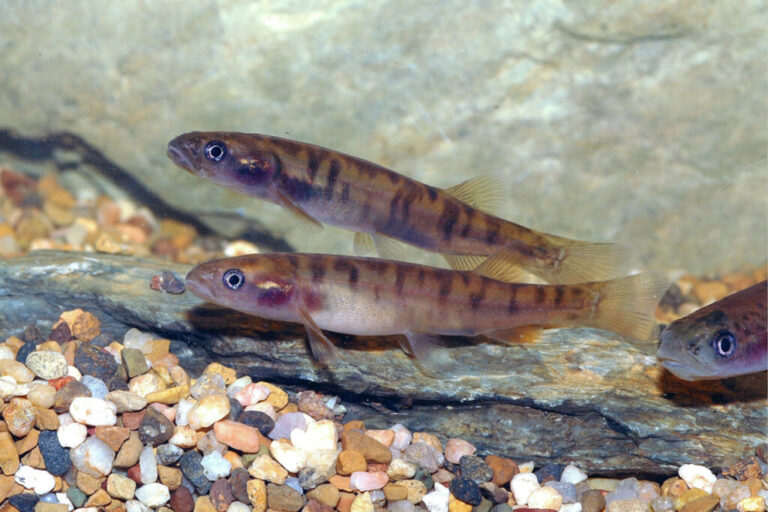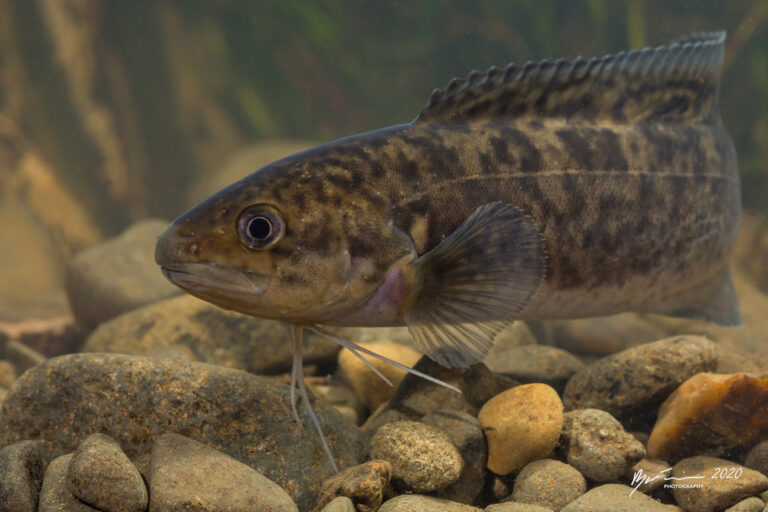
There are two species of Saratoga found in Australia – Scleropages jardini and the Scleropage leichardti. The distribution of the two species is quite different with the generally larger jardini found in the Northern Territory from the Gulf of Carpentaria across the Top into Western Australia. Small pockets of jardini live in the western flowing river systems of the Cape York Peninsula.
The southern Saratoga leichardti is native to central and southern Queensland in the Fitzroy river system and its tributaries; they are also found in many of the stocked impoundments where they exhibit almost identical behaviours to their wild river cousins. The southern Saratoga has bred well in the dams and can be found as far south as the Hinze Dam on the Gold Coast. Saratoga have the rare ability to breed in almost any river, lake or stream that has favourable water temperatures.

Saratoga are part of the family of ancient fishes Osteoglosidae (bony tongue) with relatives found in parts of Asia, South Africa and South America. They are a large fish that can grow up to 90cm in length, but are commonly 50 to 65cm long and can weigh up to about 4kg. Saratoga are mouth brooders, the female will carry the fertilized eggs (approx 60 to 80) in her mouth till hatching. They are carnivorous opportunistic predators, with excellent eyesight, a large mouth with sharp teeth and a long body, dark brown to olive green along the back, with lighter sides and a white belly, flat on top with no dorsal spine and the dorsal fin set back towards the tail. The lower jaw slopes steeply upwards and carries two fleshy barbels on the chin. The eyes are on top of the head and slightly sunk, helping them to be excellent surface feeders. The southern Saratoga lacks the three to four orange spots on each scale which form a crescent pattern but instead has body scales are marked with one or two pinkish spots.
They eat insects, small fish, frogs, small rodents, shrimps and yabbies and anything that may drop into the water and fit into their mouth. Barra fishermen often catch them on 120mm barra lures. They are a surface fish and can often be seen cruising along just under the surface looking for an easy meal of insects, mice, frogs, birds or anything that is unlucky enough to fall into the water and can fit inside their mouths.
For the flyfisher an 8wt rod and a selection of flies such as the Dahlberg Diver, Muddler Minnow and popper type flies is recommended. Saratoga love the extensive lily beds in places like the famous Corroboree Billabong and weed guards allow flies to be slowly retrieved over the tops of lily pads and Saratoga will shadow them before making a heart stopping surface strike. The weed guards then play an important role in extracting the fish from the lily stalks.
In open water these flies can be fished either totally floating or on the sink tip later in the day. Fish shady spots and use slow, jerky retrieves working the fly around likely features. Once the fish is on fight it like a Barramundi and keep the rod tip low as this lessens the fish’s tendency to jump.



